The Uygur population in northwest China's Xinjiang Uygur Autonomous Region rose by 2.55 million to 12.72 million in the eight years from 2010 to 2018, an increase of 25.04 percent, according to local authorities.
The Uygur population's growth is higher than that of other ethnic groups in the region, census figures released by the regional government showed. During the same period, the Han ethnic group population increased 2 percent to 9 million in the region.
The Uygur population in Xinjiang was about 3 million in 1953 when the country conducted its first census. The current Uygur population is four times that number in the region.
The ethnic group's birth rate from 2010 to 2018 was 11.9 per 1,000 people, higher than the total population's 10.69 per 1,000 and the Han ethnic group's 9.42 per 1,000, according to Tursunnay Abudurayim, an official from the Statistics Bureau of Xinjiang.
"The reproductive and health rights of ethnic minorities including Uygurs have been protected," she said.
In 1975, Xinjiang began to implement family planning policy in the capital city of Urumqi and other cities with large Han populations, and began fully implementing the policy among the Han ethnic group in 1981.
According to a family planning guideline released by the region in 1992, Han couples in urban areas can have one child and those in rural areas can have two children; ethnic minority couples can have two children in urban areas and three in rural areas.
Alongside economic and social development as well as the desire to have children from all ethnic groups, Xinjiang began to implement a unified family planning policy in 2017. According to the new regulations, couples in cities and towns in the region can have two children and couples in rural areas can have three children.
"For a period of time, the population of Xinjiang grew too rapidly, resulting in serious shortages of water resources and arable land due to limited natural resources, and placing excessive financial and support burdens on many families. The pressure from rapid population growth has been eased since the implementation of the family planning policy," said Mutalip Ruz, head of the region's health commission.
"The maternal mortality rate in Xinjiang dropped from 43.41 per 100,000 in 2010 to 26.65 per 100,000 in 2018, and the infant mortality rate declined from 26.58 per 1,000 to 14.02 per 1,000," said Mutalip Ruz, adding that health care for women and children in Xinjiang has been continuously improved.
Anargul Wubul, a 25-year-old Uygur woman, has been running a studio with her friends in Kashgar since graduating from college.
"I won't get married at the age of 16 or 17 like my grandmother and mother. I want to pursue my painting dream and decide on my own life, just like women in big cities," she said.









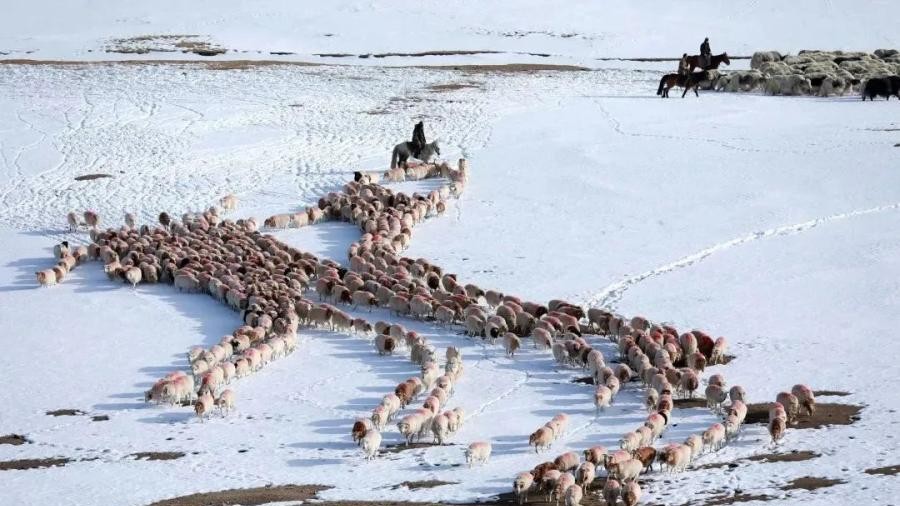


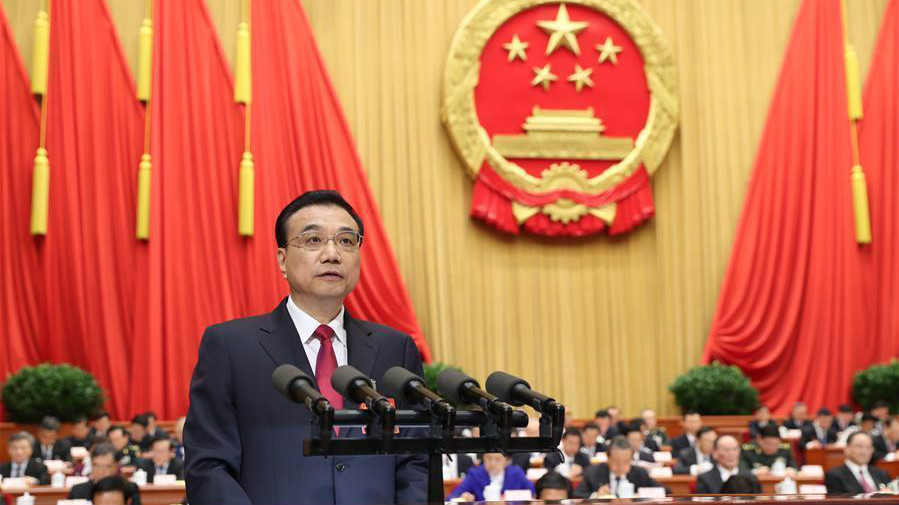

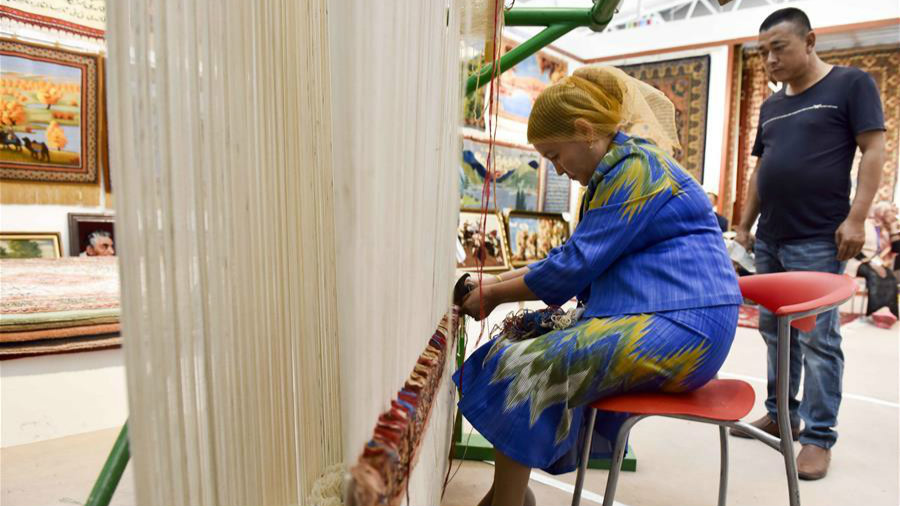
.jpg)
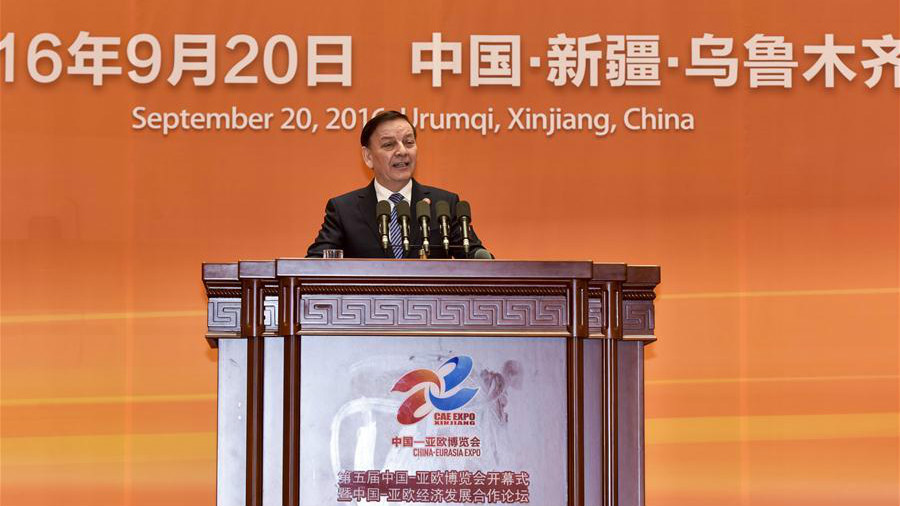

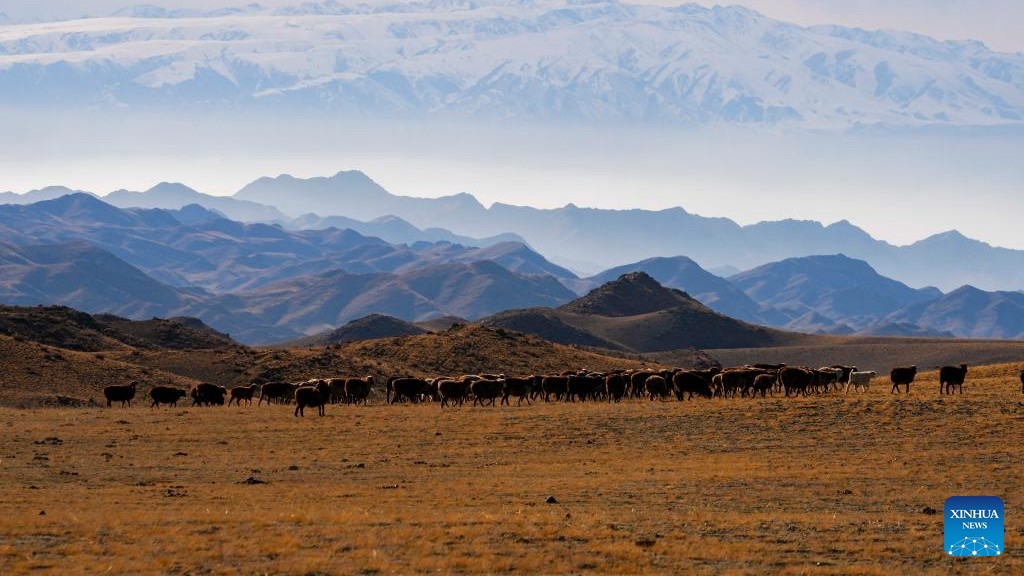
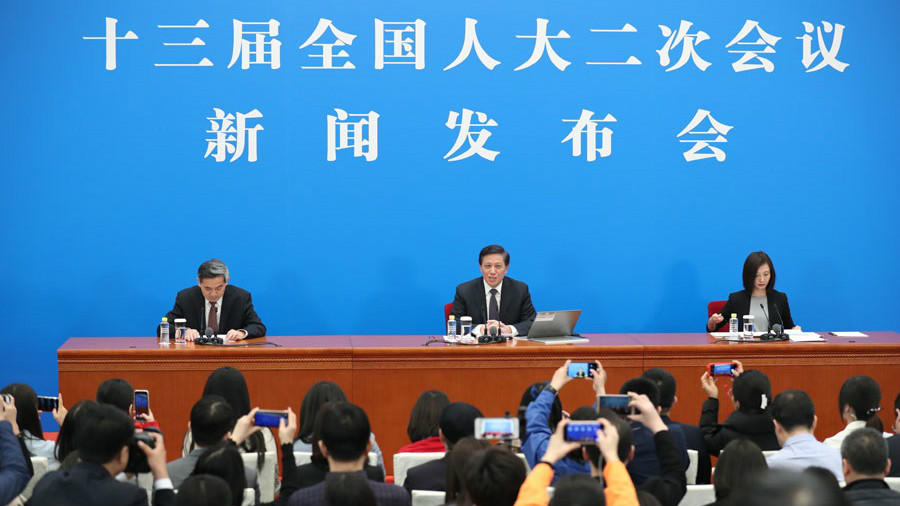


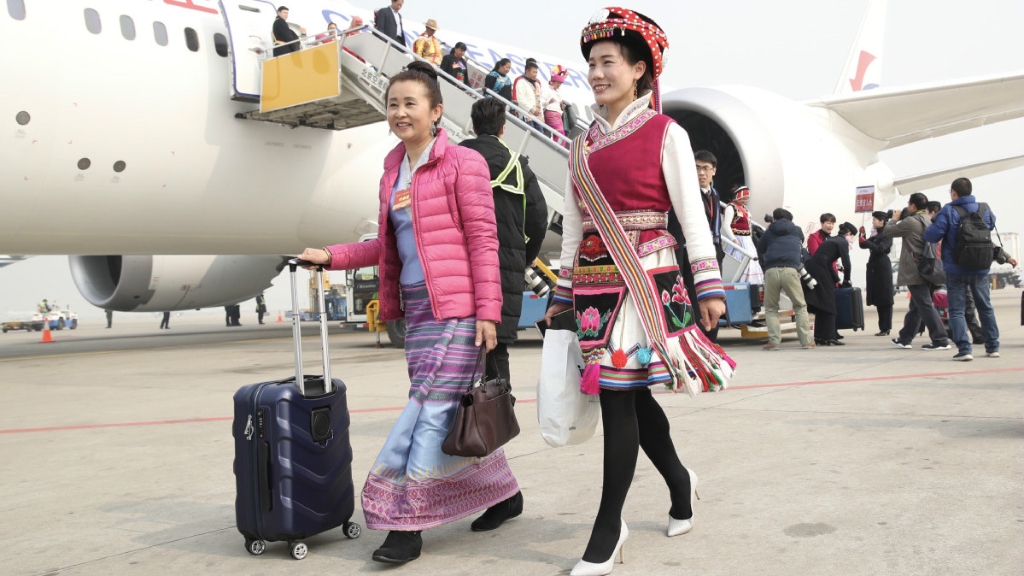


.jpg)


